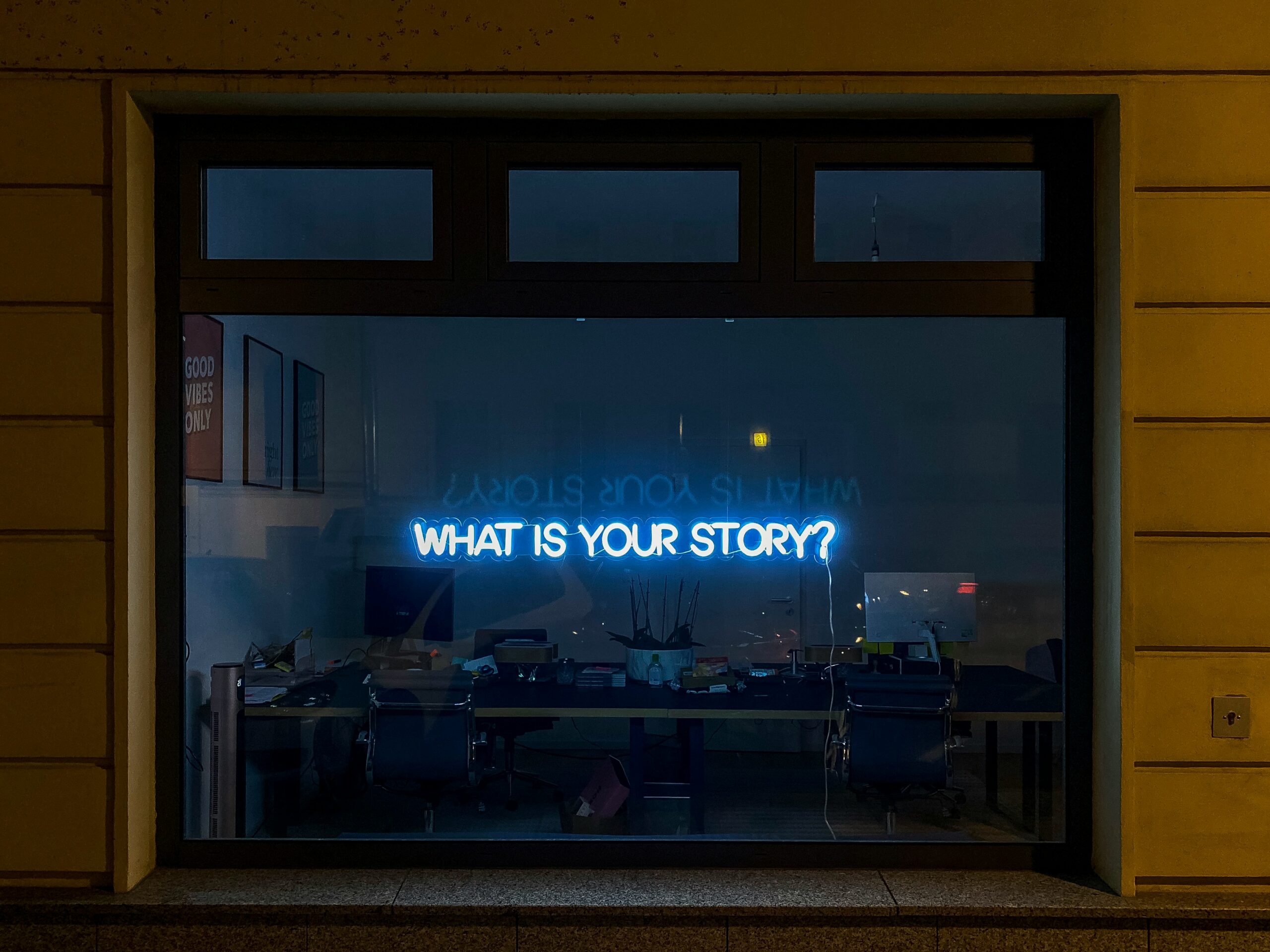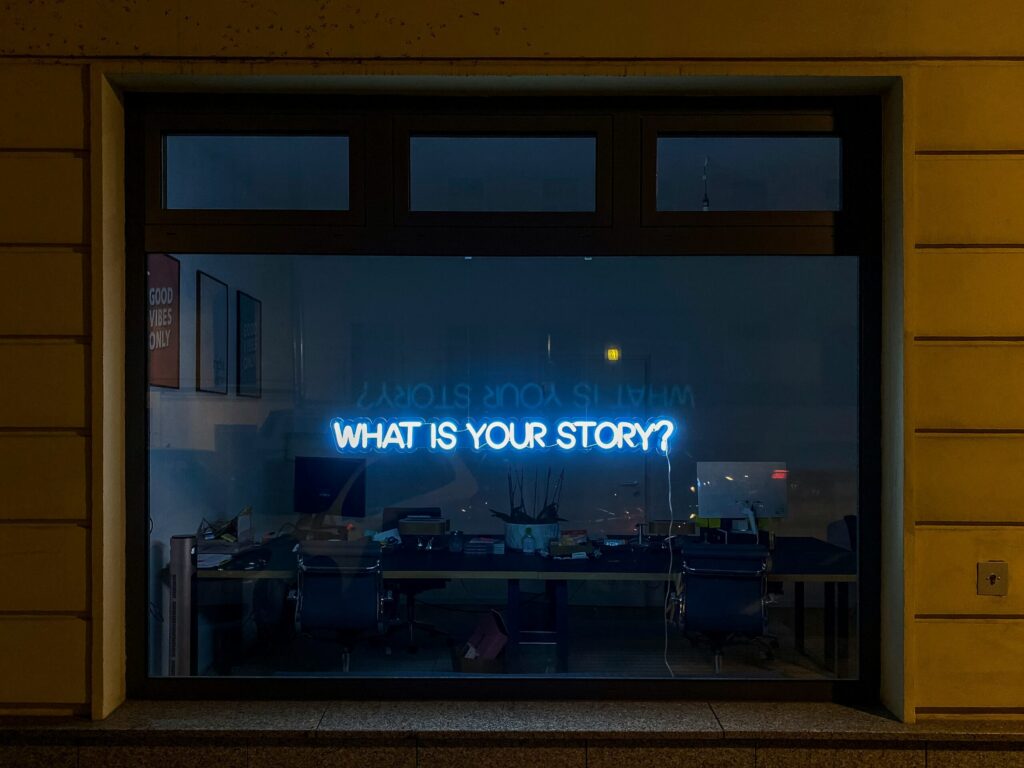It’s been a long time since I’ve felt I like I was hanging on every word of a book.
I was so done reading about AI. Then I saw that IT Revolution was publishing a new book:
Vibe Coding: Building Production-Grade Software With GenAI, Chat, Agents, and Beyond, by Gene Kim and Steve Yegge.
The book isn’t out until October, but I have a few sample chapters of the ebook because I’m on IT Revolution’s mailing list. And I realized that, despite my current dread of all things AI-related, I should read those sample chapters before attending the seminar.
Wow, y’all. It’s been a long time since I’ve felt like I was hanging on every word of a book. This is one of those books.

I’ve already added it to my list of books I recommend. And I have a whole list of people, developers and non-developers alike, who I think would enjoy it. (I may be able to get you a discount. More about that later.)
Skeptical of vibe coding? I sure was, and to some extent still am. Gene and Steve were, too.
But they are clearly converts, and the book is getting me to rethink my initial impressions.
Addressing concerns
Yes, there are serious concerns about writing “real” production code with vibe coding, where you’re not really delving into the code output.
- Is the coding process itself safe?
- Is the code it generates secure, maintainable, and extendable?
- If you don’t understand or even look at the code, how can you be sure there isn’t some terrible problem lurking that will cause major problems once it’s in production? Okay, you can never be sure of that, but it seems so much worse if you don’t fully understand the code.
It’s clear that the authors of this book are grappling with these same concerns. The chapters where they talk about how to approach vibe coding for better results are still ahead, and not part of the sneak preview! Argh, cliffhanger! 🙂
Magic and hope
One of my early takeaways isn’t directly related to vibe coding at all: I finally understood why, after 20 years as a developer, I just didn’t want to write code anymore. The tedious parts have started to outweigh the magic. If you’re feeling that way, too, you’re not alone.
Vibe coding may be a way for developers to rediscover that magic. It may also be an opportunity for people not trained as developers to discover it too, and to create new software directly.
The book also gives me hope that the role of the developer, even the junior developer, isn’t disappearing. Changing, yes, that’s inevitable. But they point to other historical moments where people feared the end of our profession, and those moments turned out to be times of growth.
Learning more
My thoughts these days are all about the role of humanity for software developers, so I’m interested to see what I’ll learn from Gene and Steve’s session and the conference itself. I’ll report back on my mailing list after the conference.
Does this Vibe Coding book sound like a good read to you, too? Want 15% off a paperback copy?
If there’s interest, I will coordinate a bulk order for 15% off for folks on my mailing list. Email me or message me on LinkedIn by 9/28 to let me know if you’re interested.
Join the mailing list below so you don’t miss a thing!



